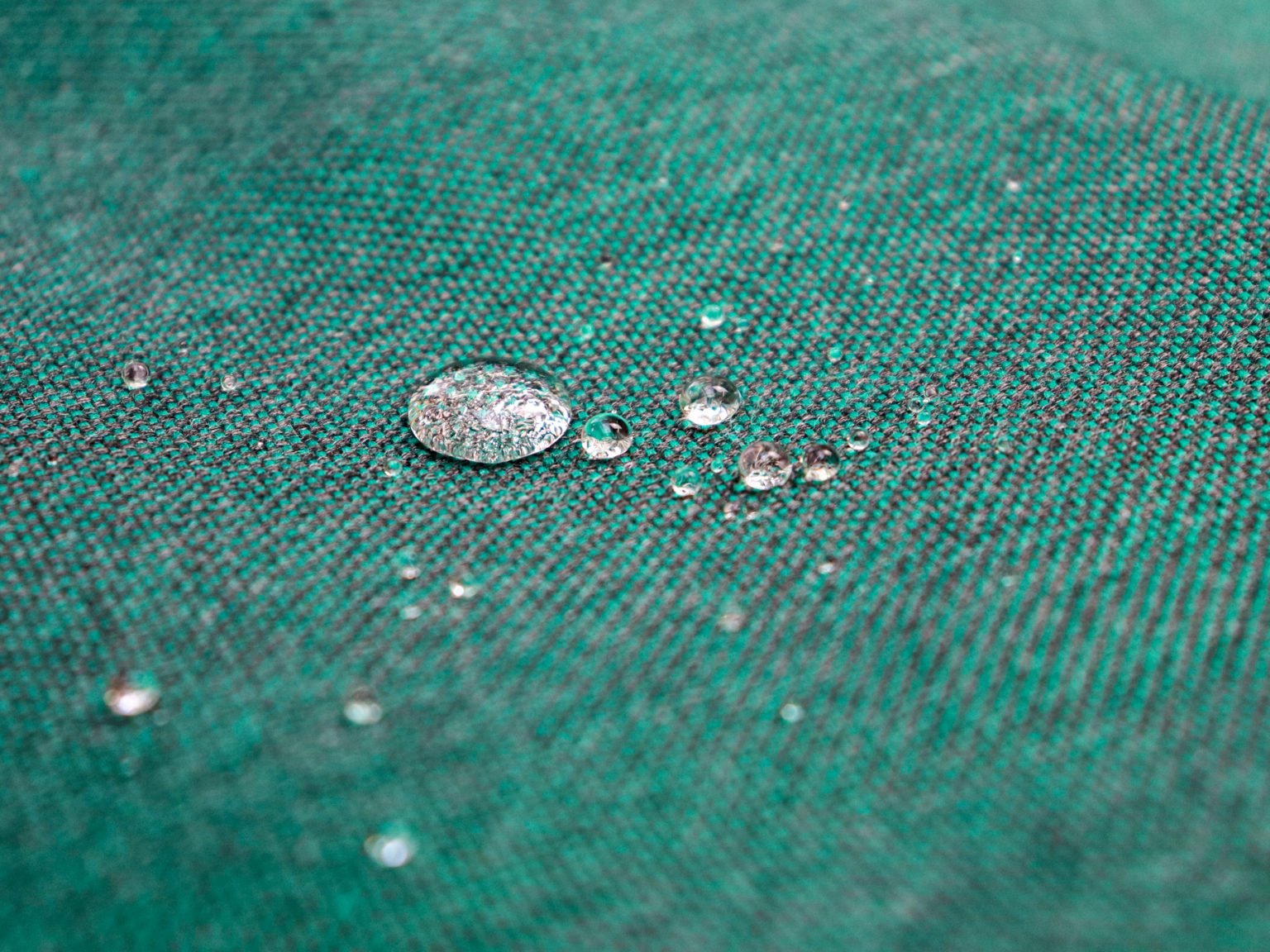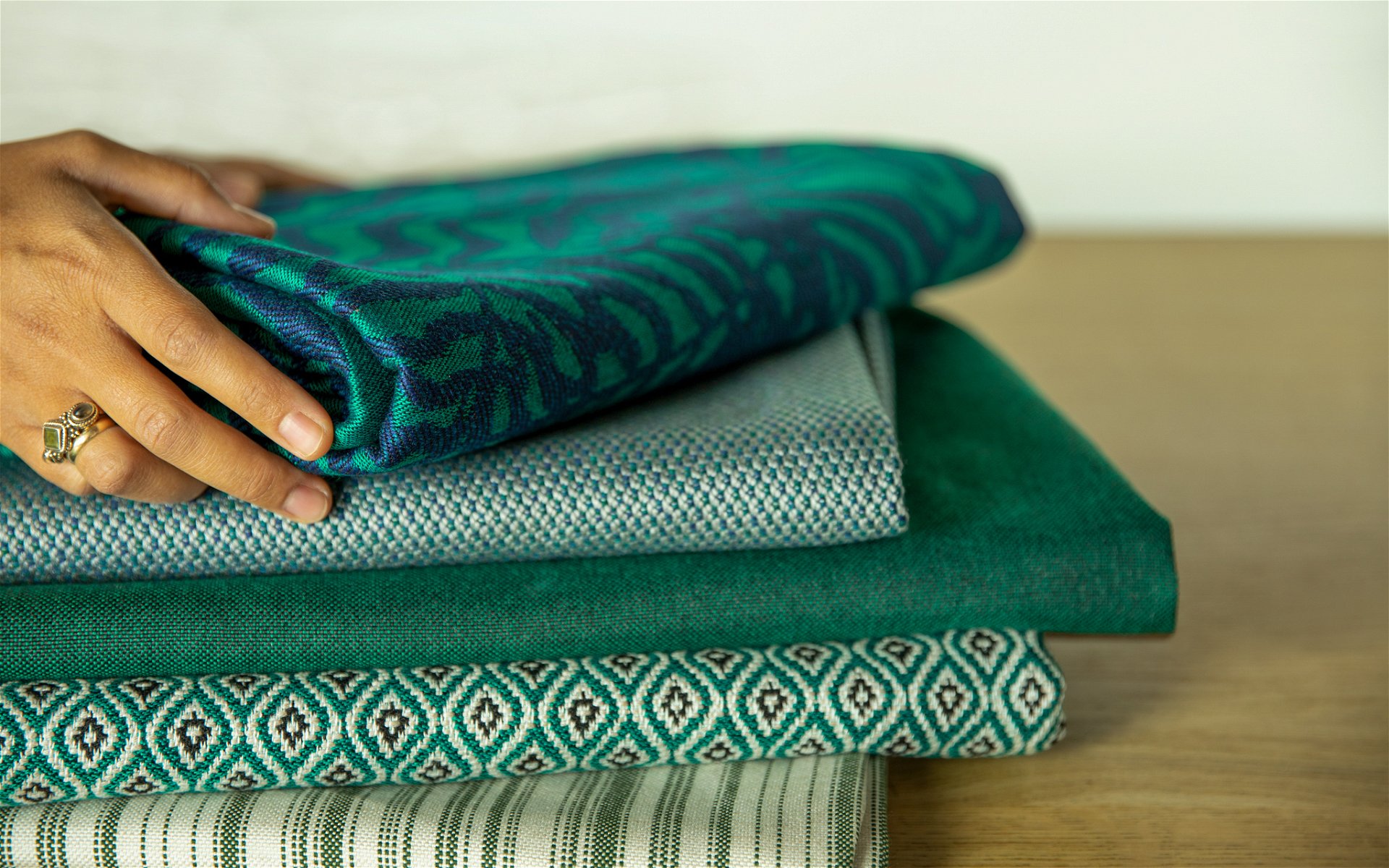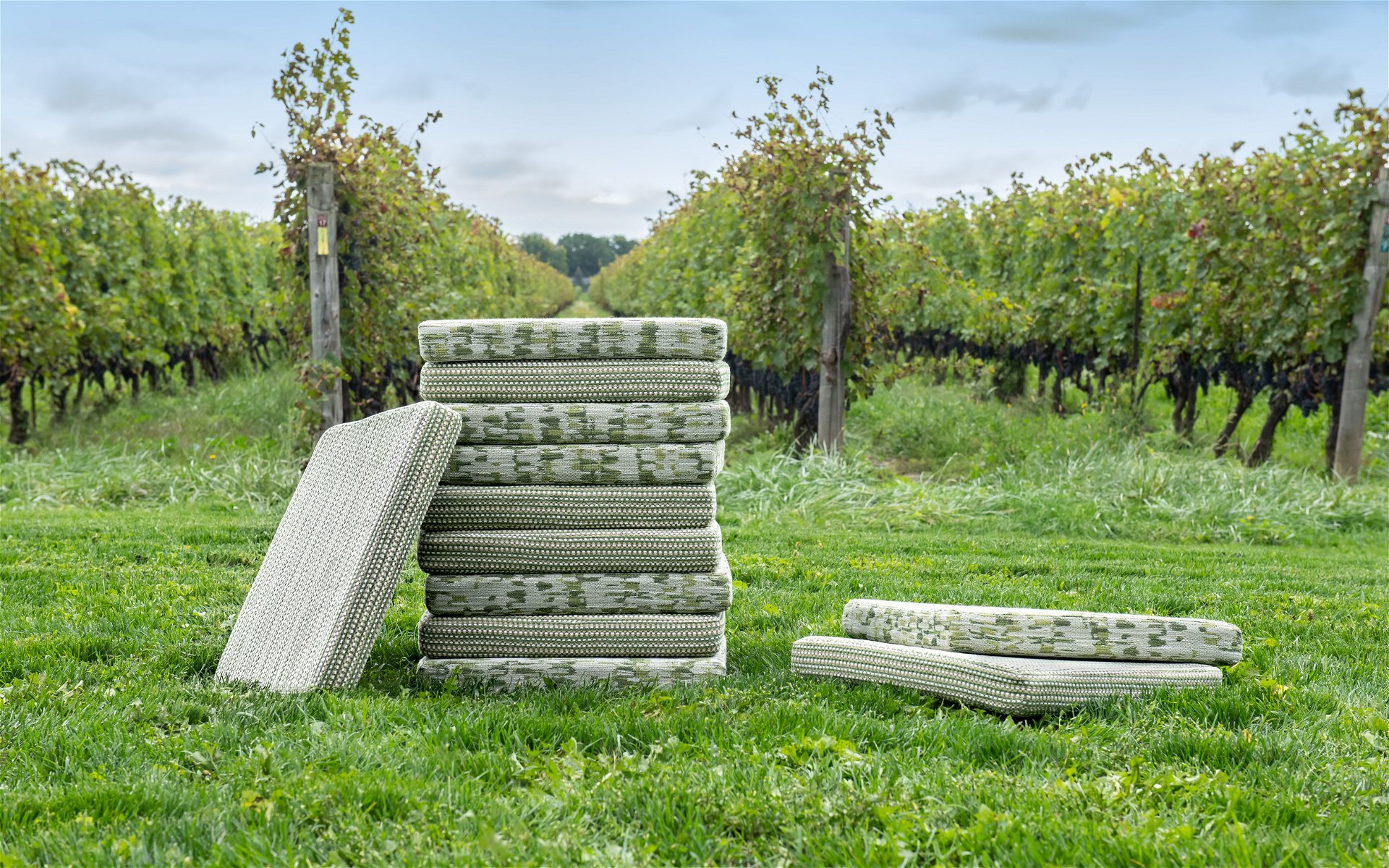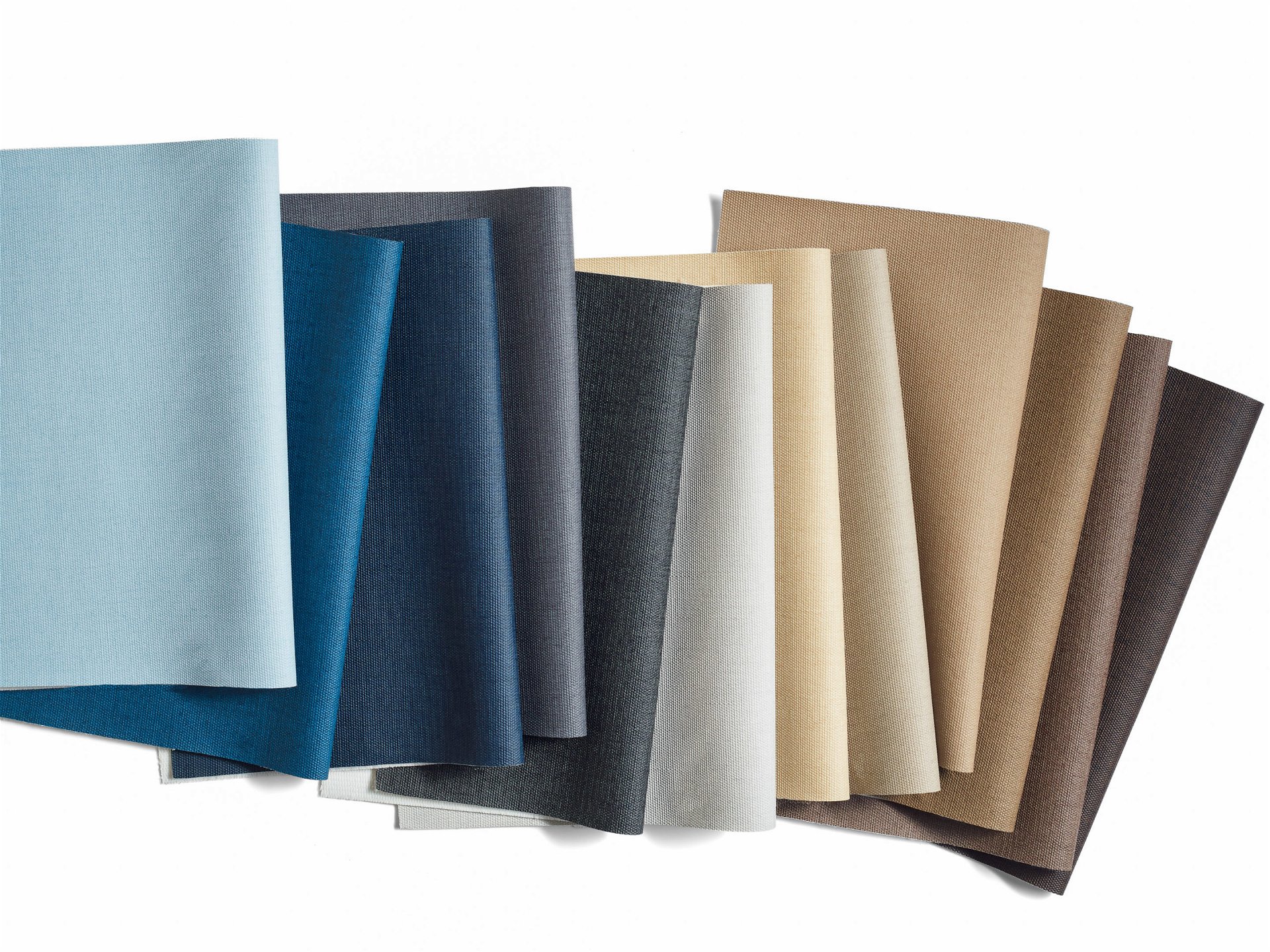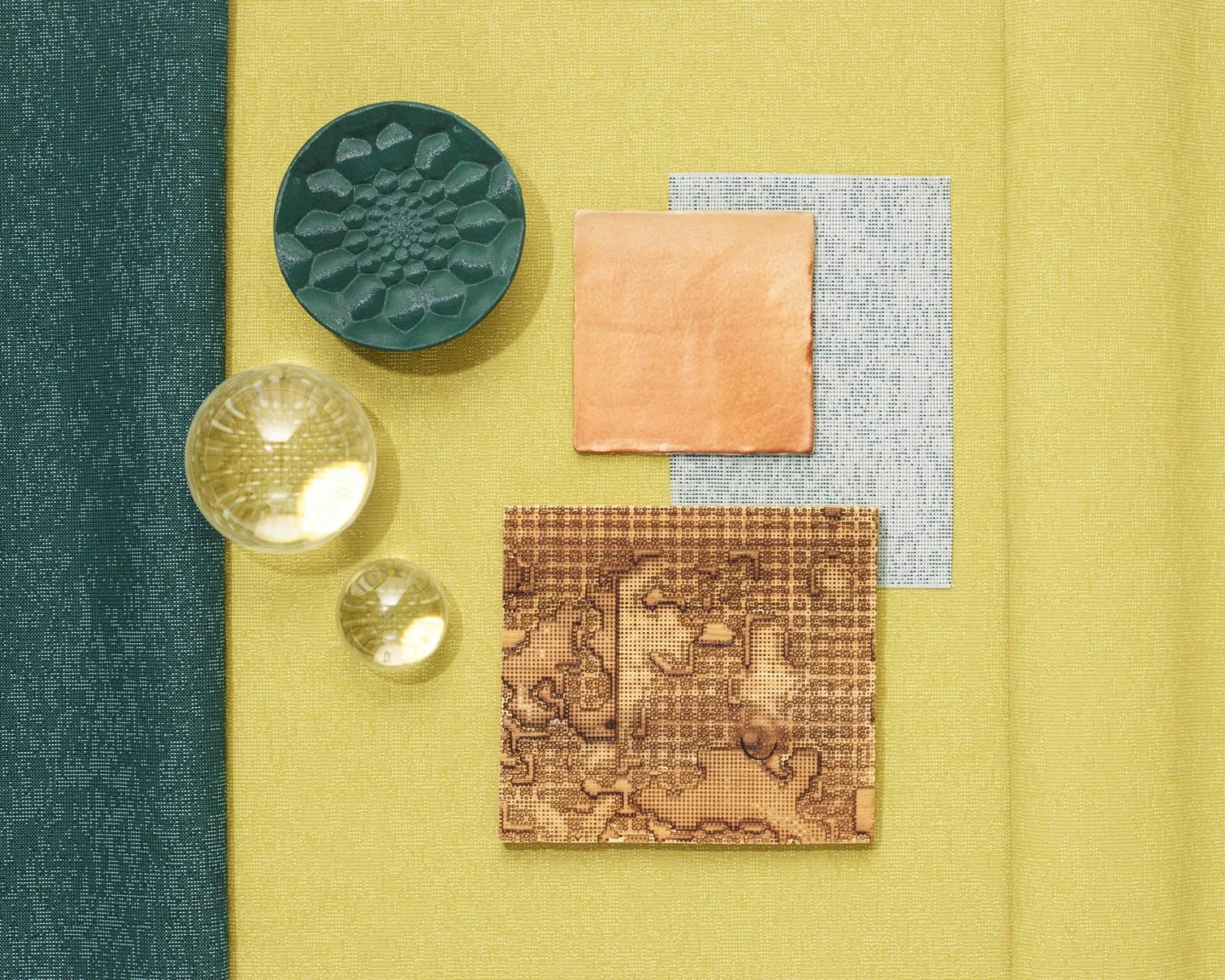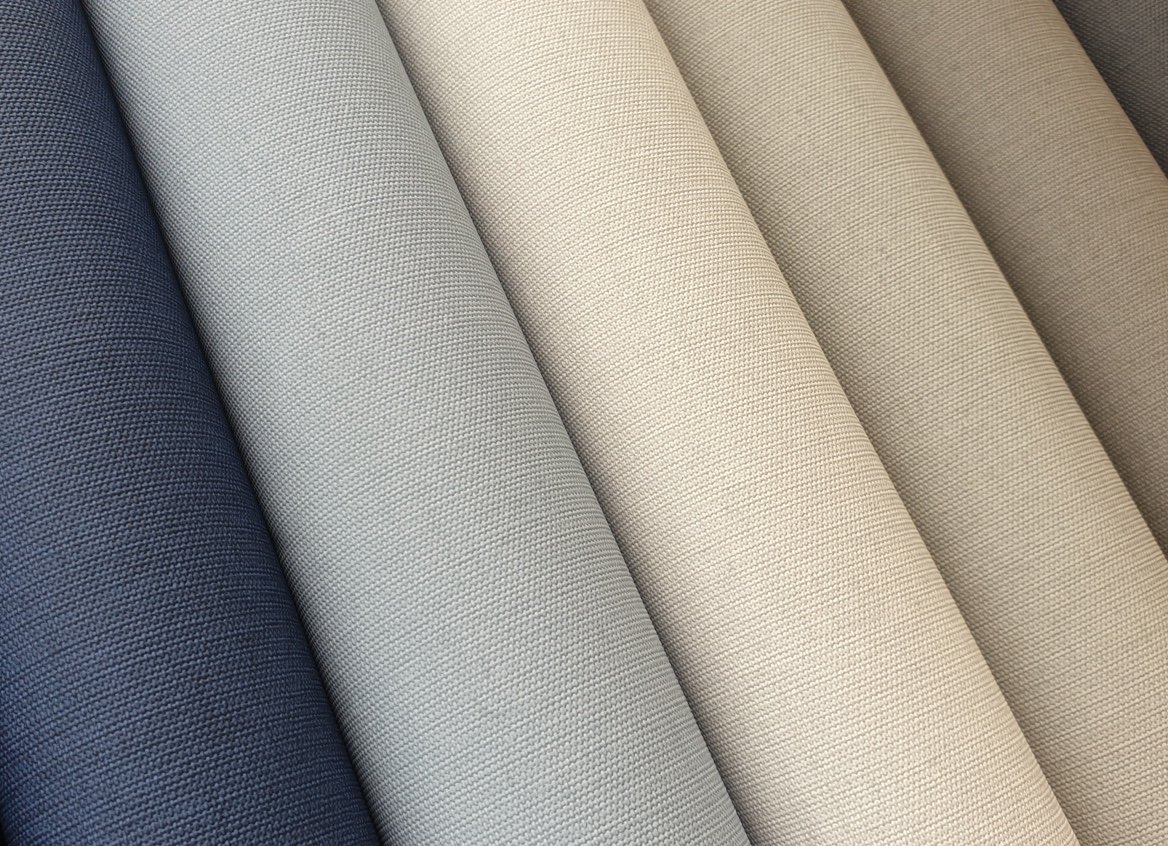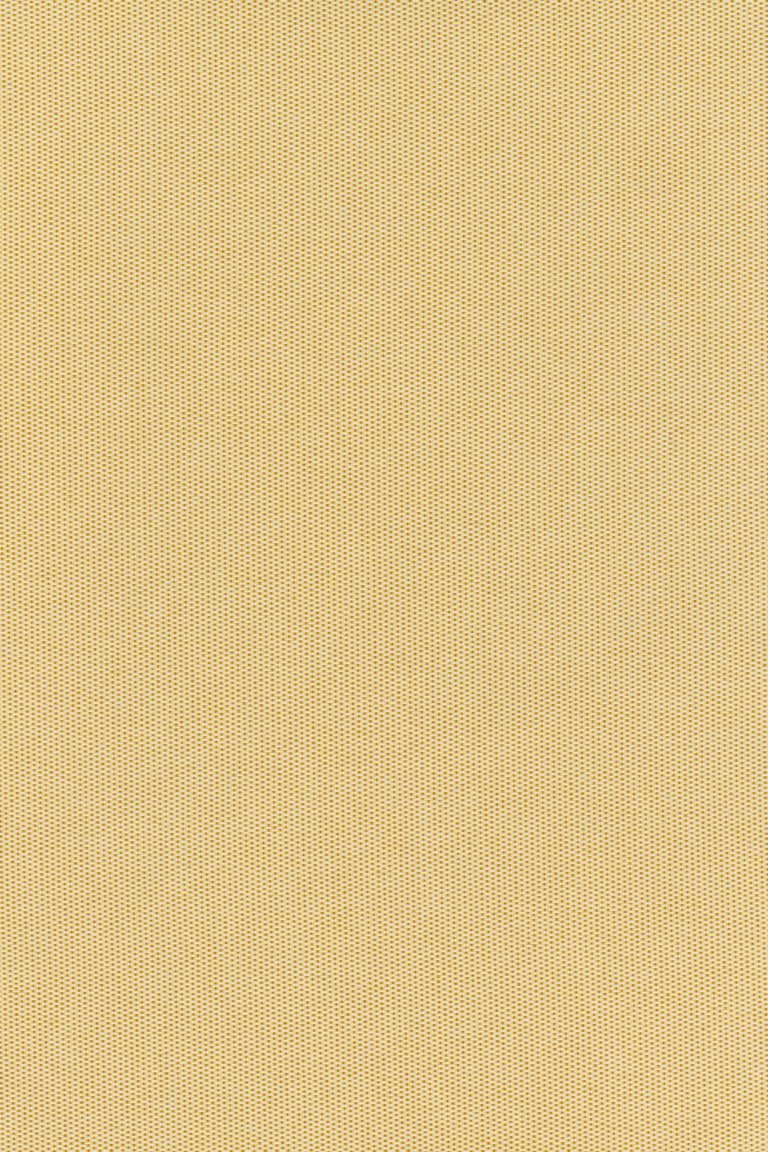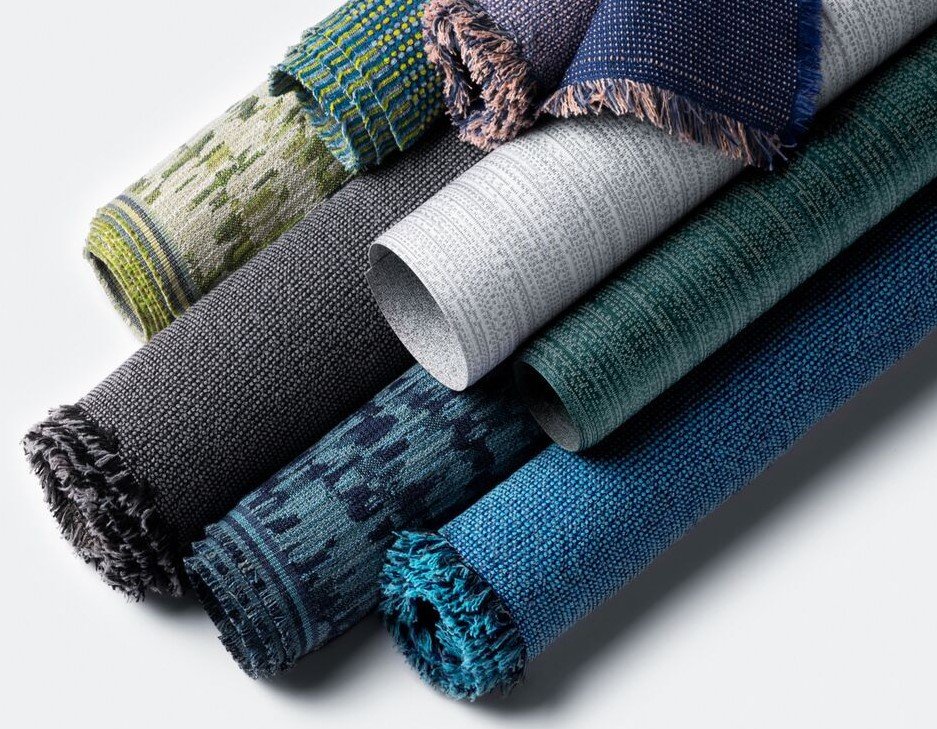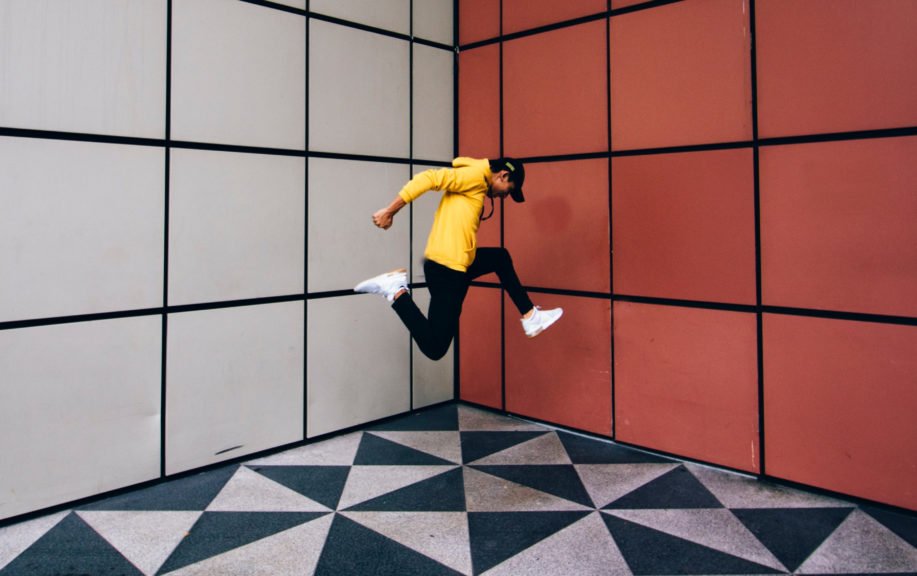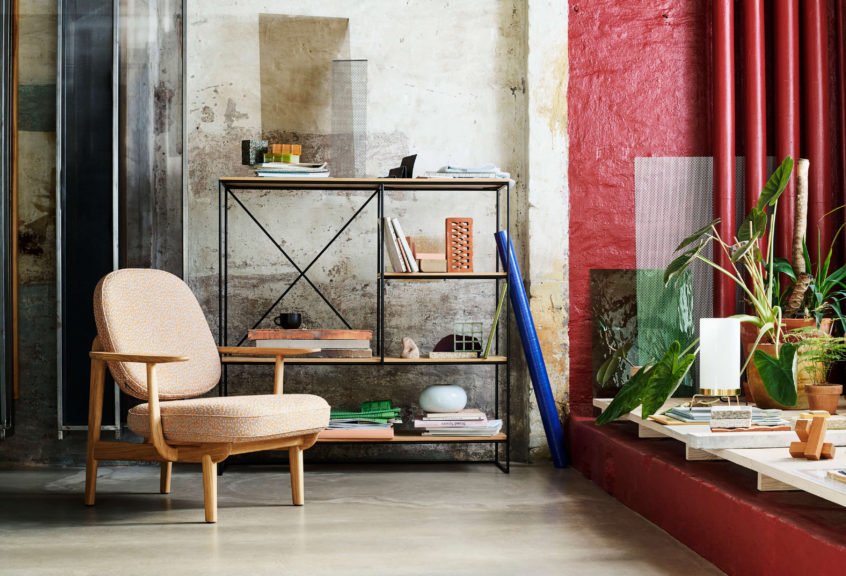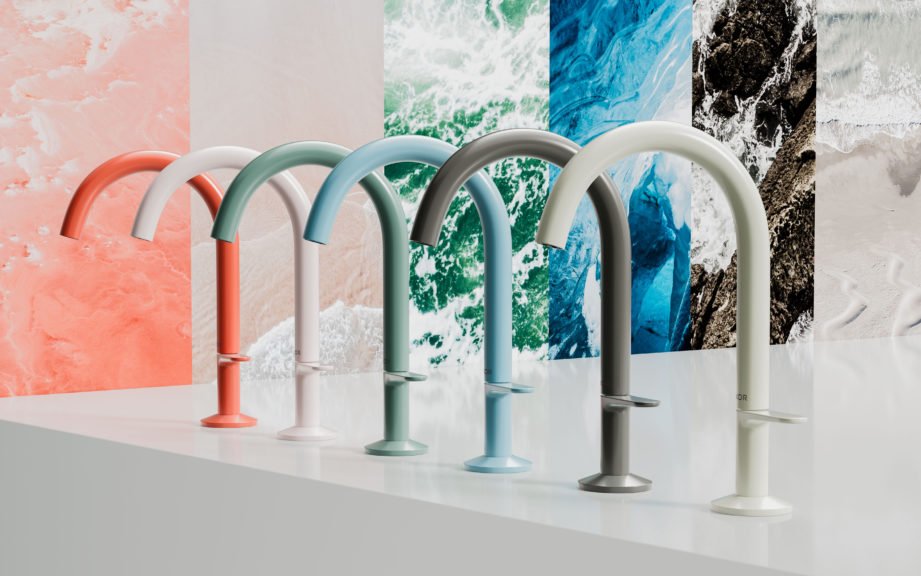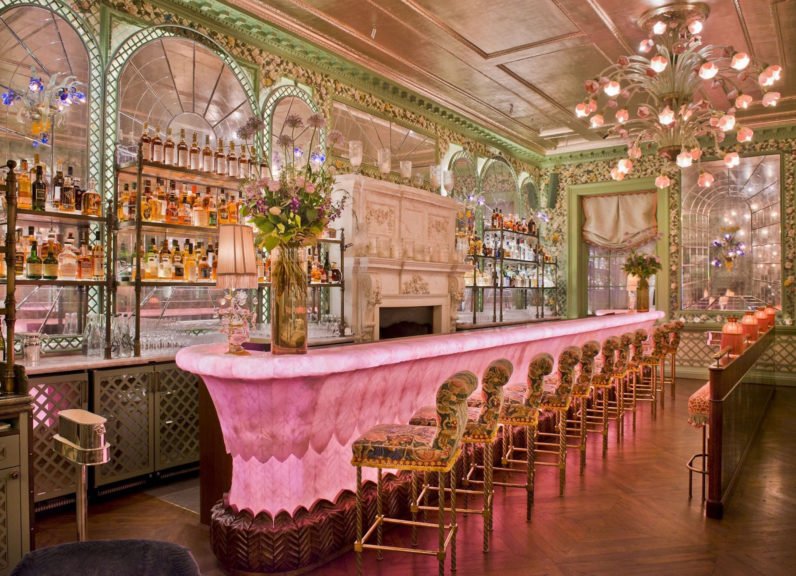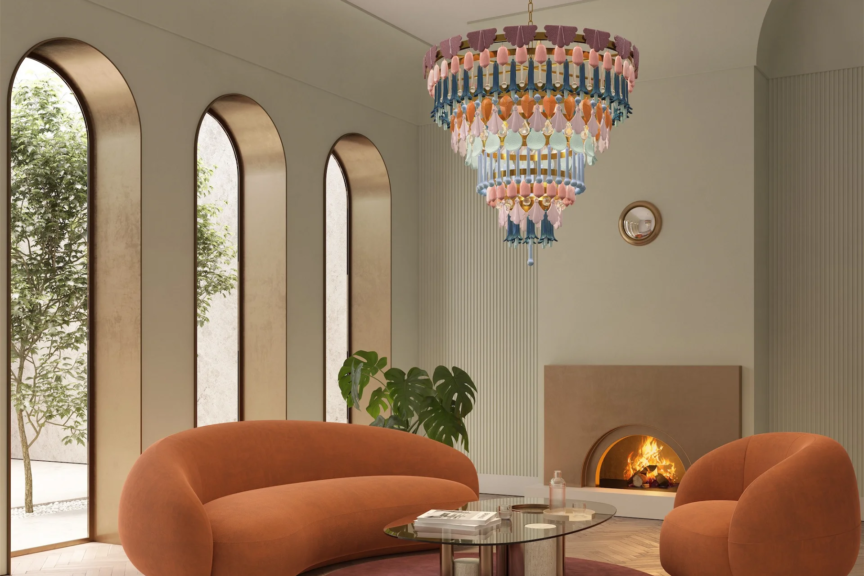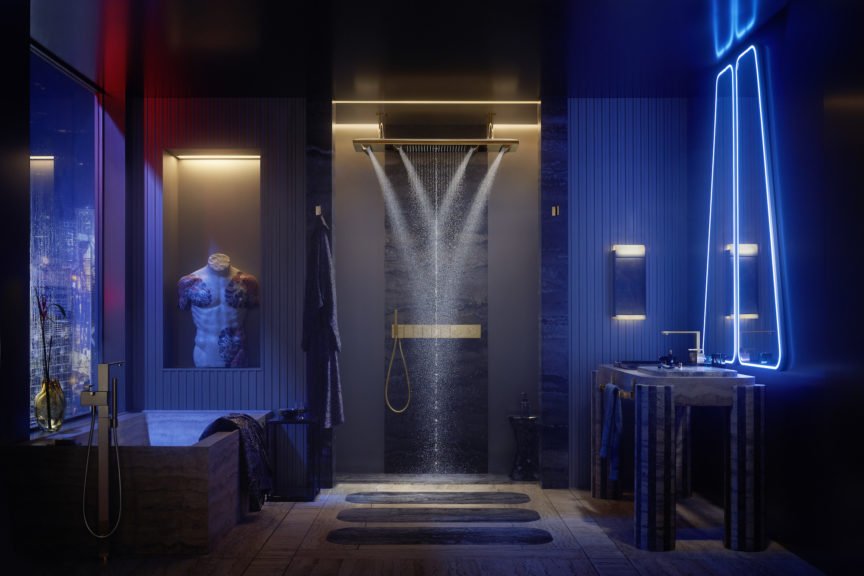Outdoor fabrics are generally thought to be less aesthetically attractive than indoor fabrics, rough, and limited to heavy materials. But all of that has changed in the past years with the development of new materials and manufacturing technologies.
Outdoor fabrics are known to be the tougher and stronger cousins of indoor fabrics. Designed to withstand natural and man-made forces in the environment, these fabrics are made from a range of materials including but not limited to acrylic, cotton blends, synthetic fibers, types of plastics, and linen. They’re also designed to be breathable, water repellent, and moisture resistant.
A lot of people assume outdoor fabrics to be less aesthetically attractive than indoor fabrics. They’re thought to be rough, limited to heavy materials, and often stiff and itchy. But all of that has changed in the past years with the development of new materials and manufacturing technologies. Today you’ll find chenilles, jacquards, relaxed tweed, twill textures, stripes and soft velvets with a tailored cut that you would expect only from indoor fabrics. With the growing trend of upholstered furniture and outdoor entertainment, it’s easy to find outdoor fabrics that are both aesthetically pleasing and functionally useful.
There are several trends and technologies driving the improvement of outdoor fabrics. Here are a few that stand out.
EcoHemp – a new sustainable fabric
Even if you’ve only just heard about it, hemp has been around for a long time. Big brands like Patagonia have been using hemp for a while now. In fact, hemp has been found in Egyptian tombs dating 10,000 years back. But only recently has this material grabbed attention worldwide, thanks to the focus on sustainable materials and improvements in manufacturing. From a production standpoint, cultivating hemp is an inherently eco-friendly process – it has low water and nutrient requirements, and is a ‘self-offsetting crop’. It also absorbs more carbon dioxide from the atmosphere than other plants, which is why hemp farms are used as ideal ‘carbon sinks’. In the case of outdoor fabrics, hemp is lightweight, durable, and has a high ultraviolet protection factor (it is 99.9 percent effective in blocking UV-A and UV-B rays). It’s also partially hydrophobic, and does not shrink… quite a superhero!
Fabric innovation in farming and food waste
Innovation comes from the unlikeliest of places. That includes food waste and non-traditional fabric materials as well. From coconut and oyster shells to coffee grounds and scraps of cotton collected from factory floors, the latest trend in outdoor textile innovation is reuse and recycle! For example, Australian brand Mountain Designs is using ground-up, sun-bleached macadamia nut shells to add to the insulation properties of recycled polyethylene terephthalate (PET) that has been salvaged from the ocean and spun into fabric. Meanwhile, Patagonia is looking towards natural rubber as a neoprene alternative. Swedish startup reDEW is hoping to totally reinvent the denim industry with a new fabric called ‘Zero Cotton’, made from aspen, pine, and birch trees, thereby drastically reducing the amount of water that goes into making reDEW jeans.
Self-Cleaning Fabrics
Cleanability is an important component of outdoor fabric selection. Scientists and manufacturers have been experimenting with different approaches for decades. The latest technologies include photoactive cotton and the use of nanotechnology that mimics the way lotus leaves repel water. These fabrics don’t essentially ‘clean’ themselves, but rather repel water and dirt in such an effective way that they essentially remain spotless for long periods of time.
Innovation in manufacturing
Global manufacturer Kvadrat has created two outdoor textiles that are fluorocarbon-free, and have an environmentally-focused finish, with water-repellent and fast-drying properties. These textiles also provide resistance against chlorine, seawater and artificial weathering. They are made with highly durable specially developed Trevira CS yarn that stands out for its very soft hand. The fabrics come in two designs, Patio Outdoor and Atrium Outdoor are suitable for all outdoor spaces, where high humidity and chlorine are a factor. In addition to furniture, they can also be used for screens, parasols and umbrellas. In fact, Patio and Atrium are the only fire retardant outdoor textiles free of fluorocarbon, and achieving Greenguard Gold certifications.
Patio Outdoor, a non-toxic outdoor textile designed by Karina Nielsen Rios for Kvadrat
Luum, a unique fabric brand that sits under the Teknion umbrella, boasts four indoor/outdoor collections – Disrupt, Megapixel, Vital and Wavefield – that were coloured to coordinate together. These ranges are entirely bleach cleanable, and heavy metal and stain repellant free. Luum’s star product, Megapixel, is a chenille upholstery textile with a chunky, tactile, woven surface and a handmade sensibility that is soft and luxurious to the touch, suiting a variety of applications ranging from contract to hospitality. Designed by Suzanne Tick, it is engineered to have 2,000 hours of lightfastness for High-UV spaces and 80,000 double rubs.
The Spradling brand’s Linetex® range is another major achievement in outdoor textiles with its innovative Permacool technology, which is a highly advanced reflective protection designed to reduce the amount of radiant energy or heat from being absorbed, thereby improving the thermal sensation during sunny days. With this technology, designers and exterior seating producers are no longer limited to lighter shades for their outdoor palette. Permacool makes even dark surfaces much cooler to the touch by reducing the temperature of the upholstery by anywhere up to 16°C, as compared to regular vinyl-coated fabrics.
The Sunbrella brand’s playful collections are a real source of inspiration for creating elegant and welcoming indoor and outdoor spaces. Their range comprises of bright colours, pastel shades, delicate solids and even enhanced graphic patterns, and are inspired by current trends and play on combinations of textures and material effects. The fabrics are woven exclusively with through-dyed acrylic fibres, ensuring durability and resistance to UV fading. They also have an integrated anti-stain treatment, which protects them from splashes and dirt for a long time and makes them particularly easy to look after. Stain resistance is built into all Sunbrella products, offering long-lasting protection against splashes and dirt.

